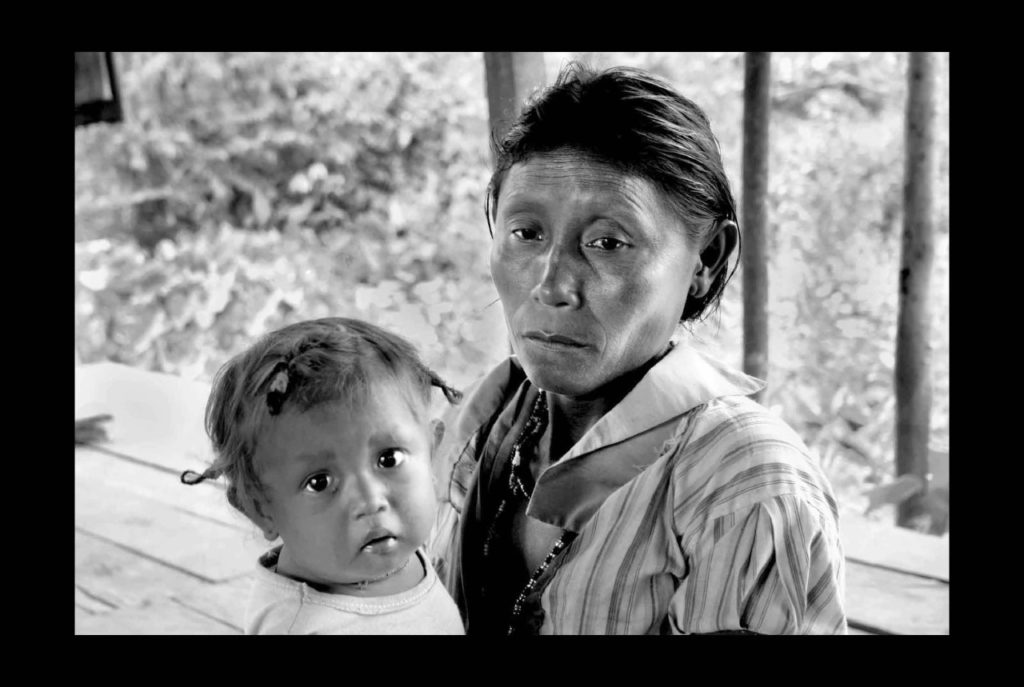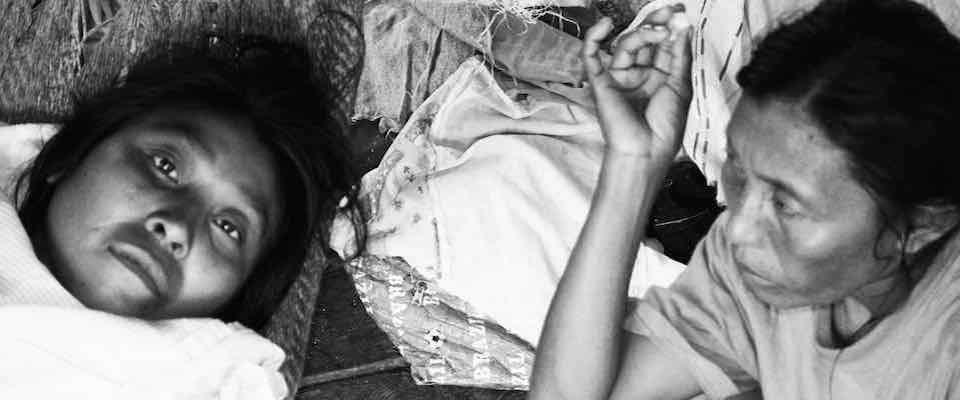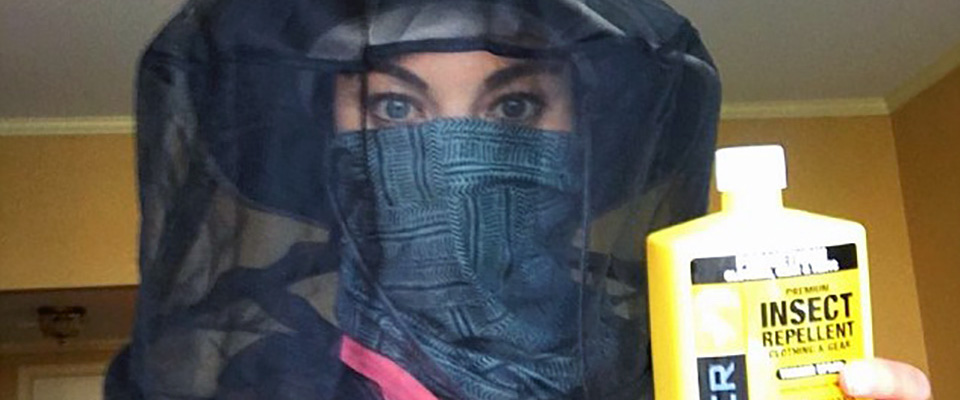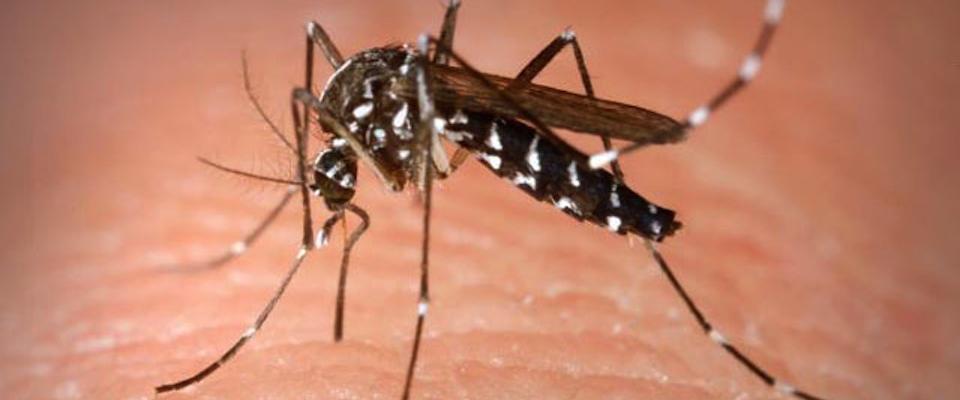Venezuela, whose citizenry and economy have both been unhealthy, is enduring yet another economic collapse, which has triggered yet another outbreak of disease. This time, it’s malaria. During the first six months of this year, 125,000 cases have been reported—a health crisis the government has tried to minimize, if not repudiate, and not for the first time.
When nine people died from an unidentified disease in a public hospital in 2014, President Nicolás Maduro accused doctors of perpetrating “a scheme of alarm, of psychological terrorism” for wanting to alert the public about the risk of infection. And in February of this year, the government was accused of covering up thousands of cases of the Zika virus spreading rapidly through the region. With newspapers struggling to survive both the economy and government suppression—one editor who reports on state corruption was charged and convicted of criminal defamation—the public is dangerously vulnerable.

UC Berkeley anthropologist Charles Briggs has firsthand knowledge of disease outbreaks in Venezuela, having worked with nurses, healers, doctors, and epidemiologists in an attempt to make sense of the health crises and the government’s response to them.
With his wife, physician Clara Mantini-Briggs, he wrote Stories in the Time of Cholera, which covers a cholera epidemic in 2002–2003 that killed some 500 people in the eastern Venezuelan rainforest. The book, says Briggs, garnered around $17,000 in prizes and royalties, so in July of 2009, the pair returned and used that money to improve health care delivery to residents.
At the urging of local leaders, the two joined a team to figure out the cause of a number of unexplained deaths in the Delta Amacuro. Soon, they discovered that 38 of the 40 people suffered fever, thick saliva, inability to drink, and partial paralysis before they died. Mantini-Briggs recognized these as rabies symptoms, and found that some of the patients were bitten by vampire bats, known for carrying the disease. They took their findings to the capital, Caracas, and the government went to investigate the Delta. Despite clinical evidence, the government rejected the idea that rabies was the cause of death. Deputy health minister Nancy Perez didn’t explain how the conclusion was reached and denied accusations of negligence in the government’s investigation.
Part of Briggs’s assignment was to document the epidemic through video and photographs. He had already established himself as a photographer with his first book, The Wood Carvers of Córdova, New Mexico, and apprenticed at the Field Museum in Chicago, under renowned photographer Laura Gilpin. Later, while finishing his doctoral research, he supplemented his meager funding from the National Science Foundation and National Institute of Mental Health by taking on photographic assignments, particularly contract work for museums.

“The parents and community representatives wanted to draw the attention of national health officials and journalists in order to force a more effective response to the deaths,” Briggs says. “I thus had to reach back into my early experience in documentary photography in order to figure out how to take portraits of parents as they wrenchingly described the deaths of one, two, or sometimes three children from a disease that leaves no survivors.”
To honor their wishes and share the reality of the epidemic with the world, Briggs photographed Torres and her loved ones during the course of her disease—capturing images of her suffering, her funeral, and her family’s ritual waling at her wake. These images appeared in news outlets around the world. Briggs also exhibited them in several countries, printing them in a large format. The size, he says, was a way to make the viewer see this not as “an alien world but to develop a more intimate relationship with Elbia and her family,” and to make them think about “what they would do if they were suddenly forced into the frame themselves.

Two books emerged from the rabies research, says Briggs—one being Una enfermedad monstruo, written in Spanish and assembled by all the members of the investigative team, including Mantini-Briggs and Briggs, and another in English, which appeared in Duke University Press this year.
“In both cases,” Briggs says, “The photographs are ways of signaling to the parents—even when they cannot read either Spanish or English—that they figure crucially among the book’s audience.”
In a country where government silences journalists and repudiates the poverty and disease of its citizens, the works and images of investigators like Briggs can shine a light on a dark corner of suffering.
“Taking and exhibiting photographs from the epidemic brought me into deeper affective engagement with the parents’ experience, even more than the interviews and epidemiological investigation,” Briggs says. “Viewers often speak with me about their own experiences of death and mourning in ways, they note, that they have never been able to articulate previously.”





















